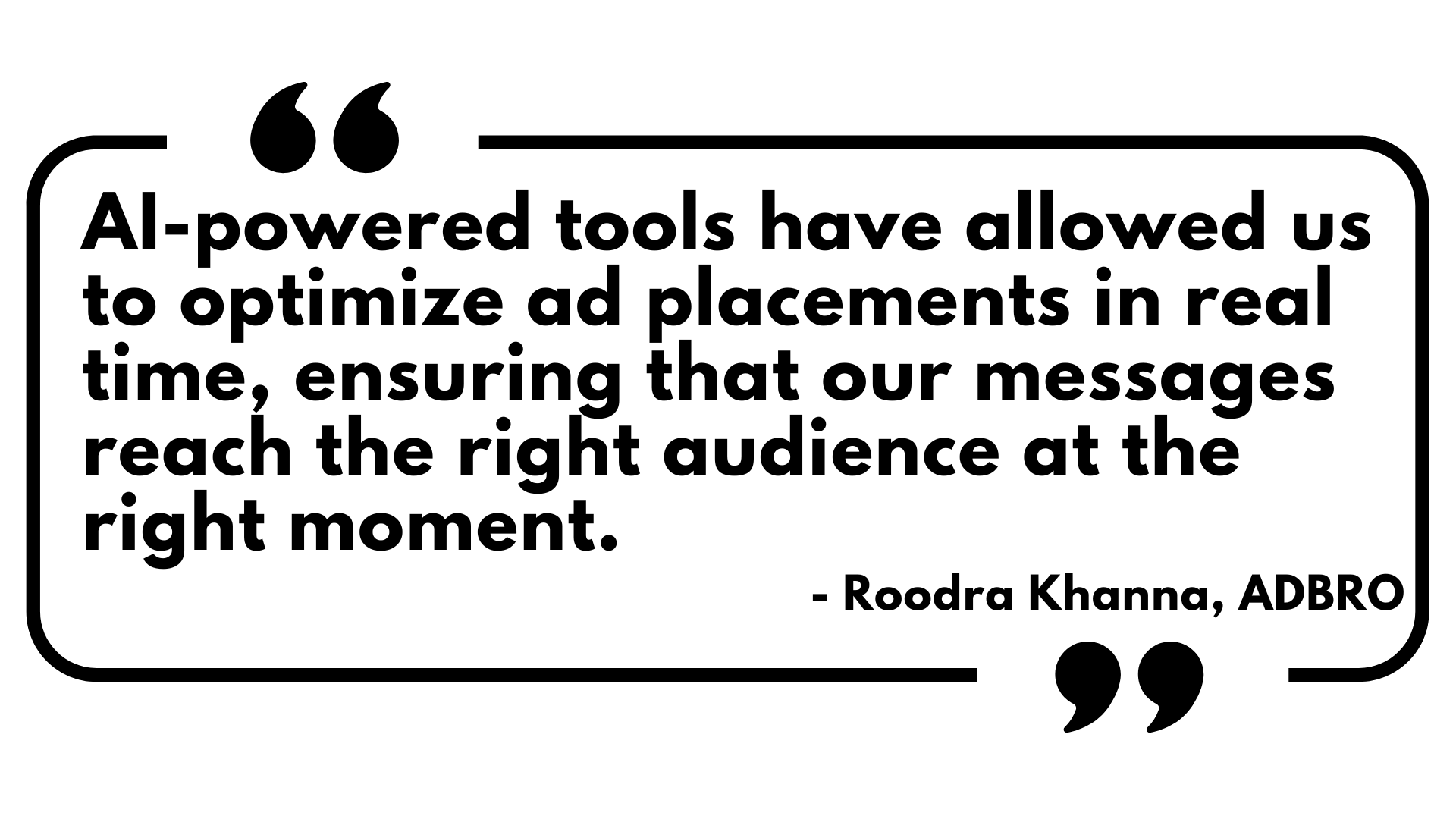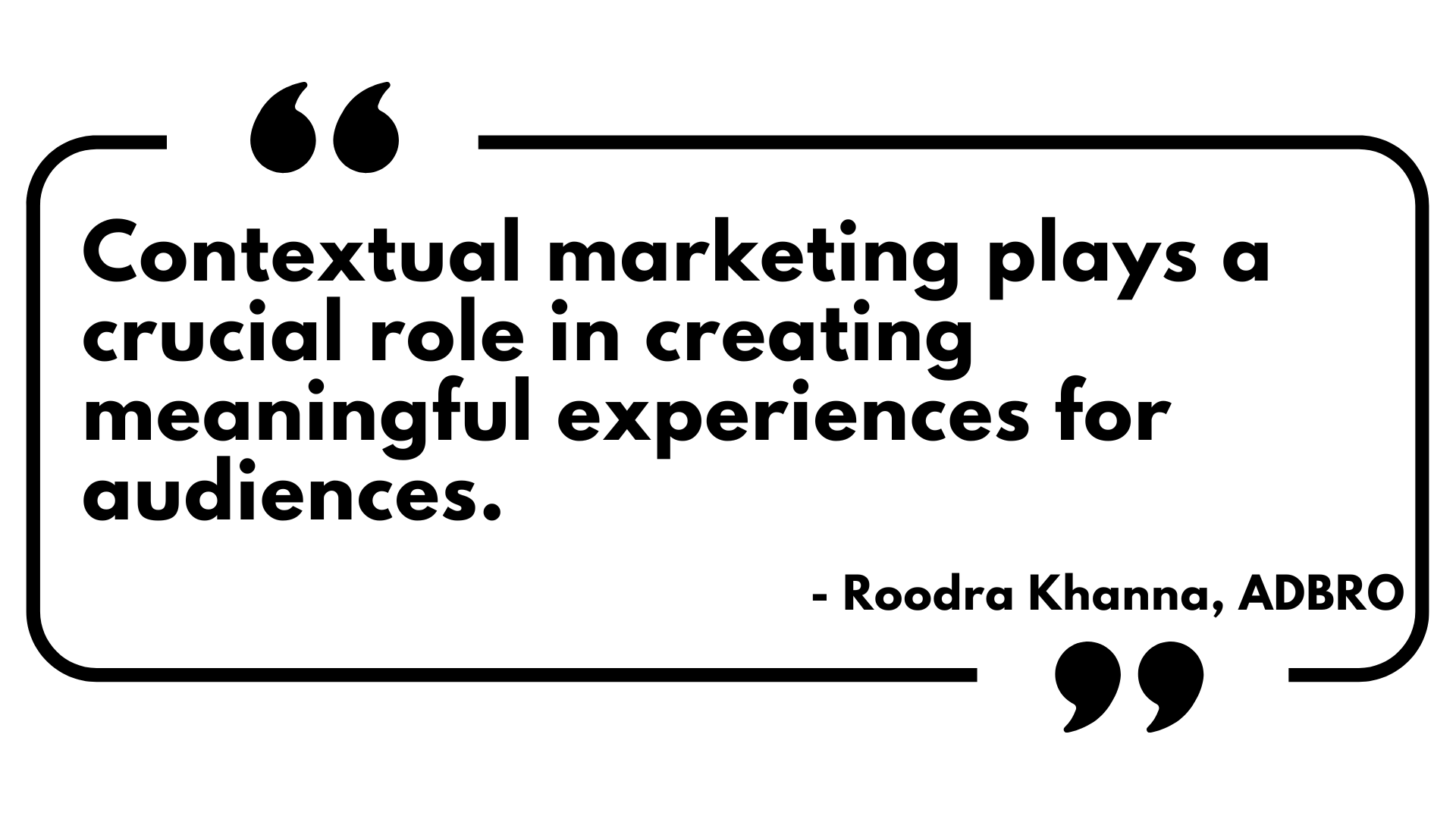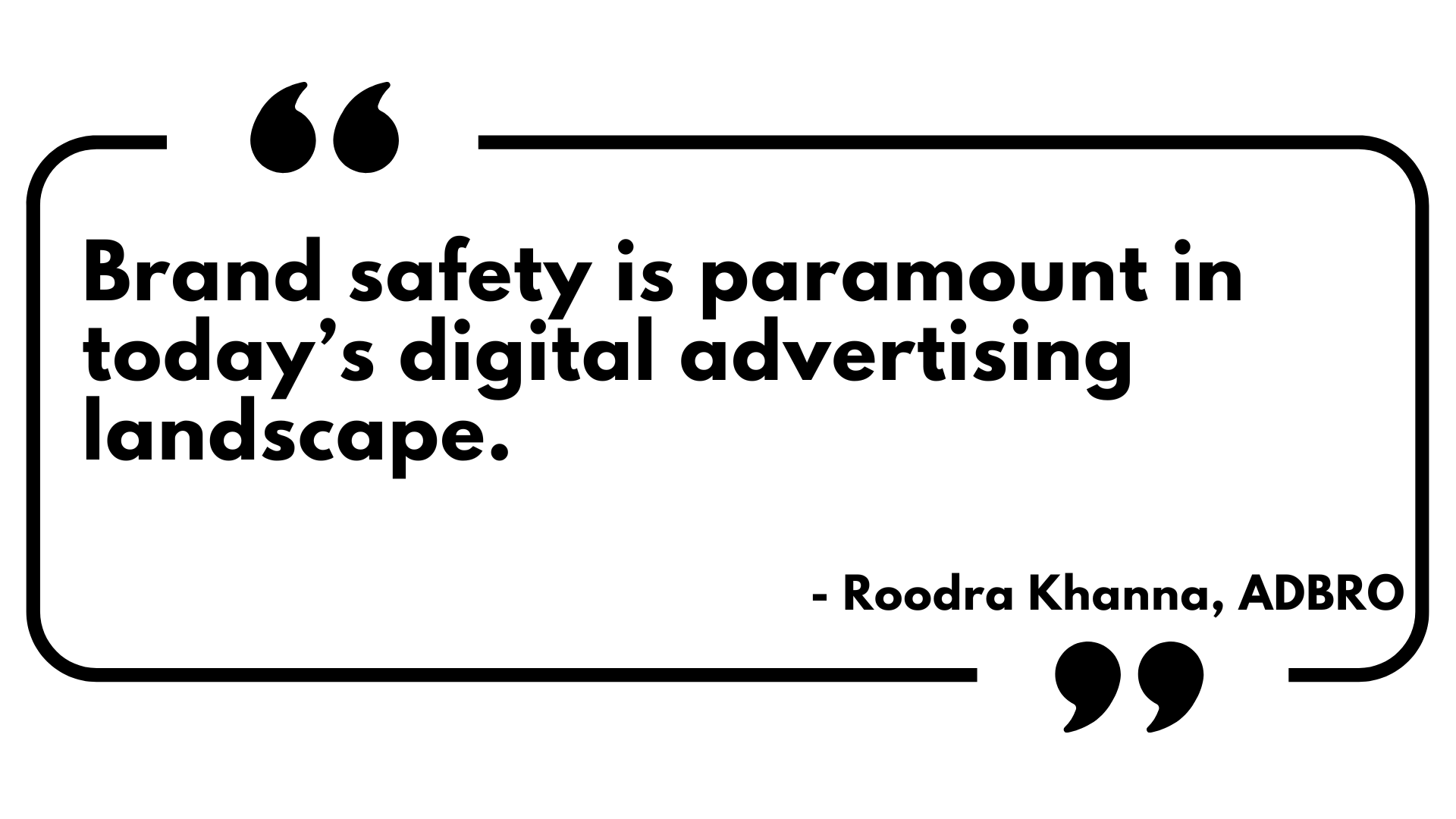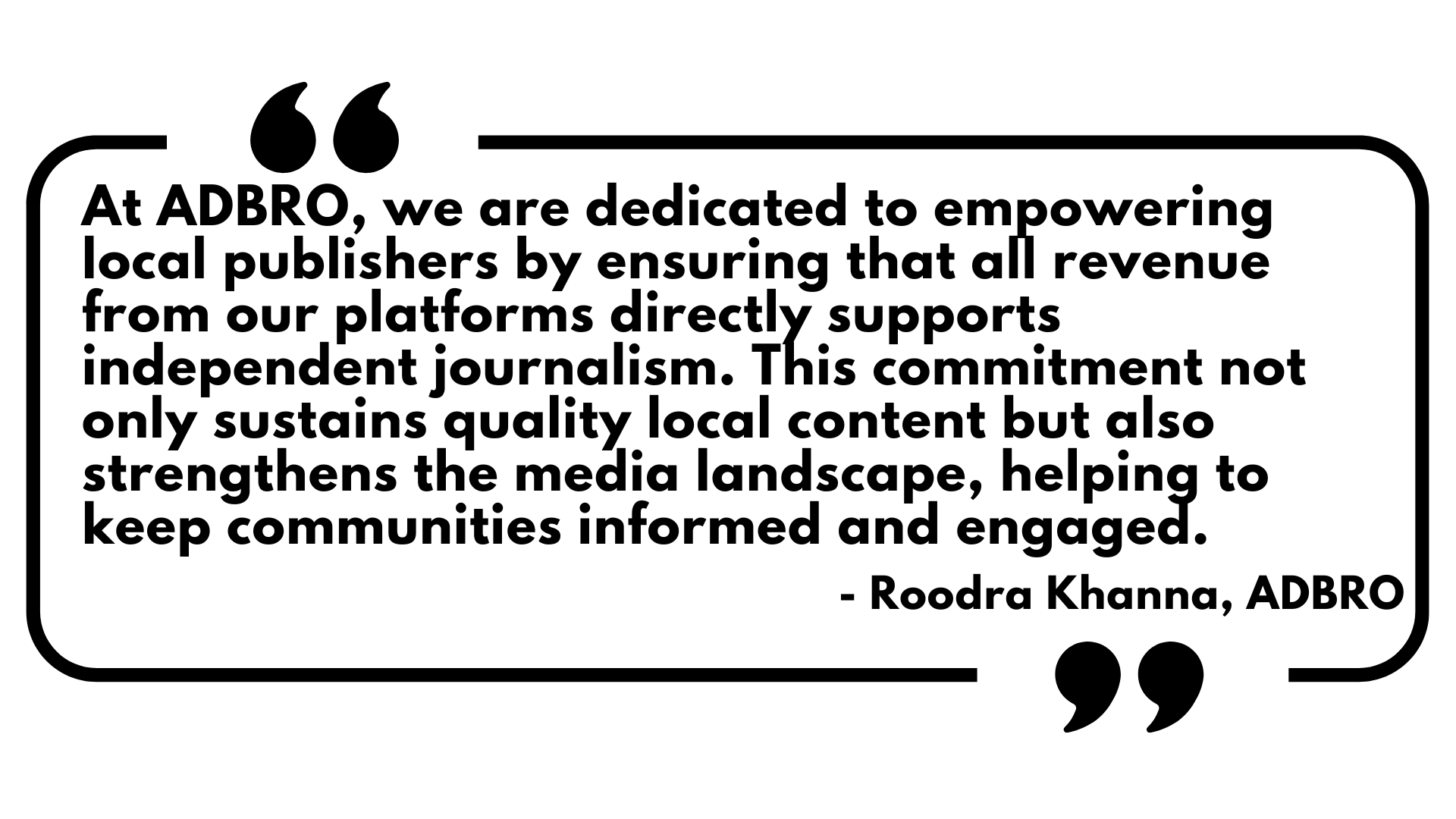
Can you share your professional experience and some key learnings over the course of your journey that shaped your current professional outlook?
Throughout my career, I’ve worked across various facets of marketing and advertising, giving me a comprehensive understanding of the industry. My journey began in traditional media and transitioned into digital, reflecting the rapid evolution of advertising technologies. One key learning that has shaped my professional outlook is the importance of adaptability. The marketing landscape is constantly evolving, and staying ahead requires embracing new technologies and methodologies. Data-driven decision-making has also become crucial for achieving meaningful results in today’s digital age.
The current team brings a diverse professional background that has shaped my learnings, and we are driving industry change. One founder specialised in virtualization software development, another focused on corporate finance, handling IPOs and M&As for European internet companies, and the third founder built an e-commerce business. We all initially worked on developing a search engine and browser before expanding across the region.

AI is revolutionizing marketing, enhancing effectiveness and democratizing creativity. How have you successfully implemented AI in your campaigns and what impact have they had?
AI has been a game-changer in our approach to marketing at ADBRO. We’ve successfully integrated AI into our campaigns, particularly in audience segmentation, predictive analytics, and personalized content delivery. By leveraging AI, we’ve created more targeted and relevant campaigns, significantly improving engagement rates and conversion metrics. For instance, AI-powered tools have allowed us to optimize ad placements in real time, ensuring that our messages reach the right audience at the right moment. The impact has been profound, not only in terms of campaign performance but also in enhancing the overall customer experience.
Moreover, we utilize tailored Large Language Models (LLMs) for strategizing campaigns, bridging the gap between brands’ business goals and the complex execution of digital campaigns. These LLMs assist in making sophisticated decisions on targeting the right audience, preparing the right ad formats, and employing delivery tactics for optimal ROI. This AI-driven approach streamlines the campaign planning process, enabling us to deliver effective results.

Given the increasing importance of brand safety in digital advertising, what strategies would you recommend to ensure that ads are placed in a safe and relevant context?
Brand safety is paramount in today’s digital advertising landscape. To ensure ads are placed in a safe and relevant context, I recommend a multi-faceted approach. First, utilizing advanced AI-driven tools and tags that can analyze and predict the suitability of content before ad placement is critical. These tools help identify potential risks and ensure that ads do not appear alongside harmful or inappropriate content. Working closely with trusted partners who adhere to stringent brand safety guidelines is also essential. Additionally, continuous monitoring and adopting a proactive stance toward brand safety, such as regularly updating exclusion lists and staying informed about the latest threats, are key strategies.

Marketing is all about creating experiences that resonate with your audiences. In your opinion, what role do you see contextual marketing playing in the digital advertising sector?
Contextual marketing plays a crucial role in creating meaningful experiences for audiences. By delivering ads that are relevant to the content the audience is currently engaged with, contextual marketing enhances the likelihood of resonating with them. It moves beyond traditional demographic targeting by focusing on the environment in which the ad is presented. This not only increases the relevance and effectiveness of the ad but also improves the overall user experience. In the digital advertising sector, where consumers are bombarded with information, contextual marketing helps brands cut through the noise and connect with their audience in a more personalized and impactful way.
We are committed to enhancing contextual marketing by integrating AI for content classification, viewability prediction, and delivery optimization.
ADBRO’s eye-tracking technology is an effective tool for understanding the human factor behind ad performance. Can you share what insights you have gained and how you have applied them?
Our eye-tracking technology at ADBRO has provided us with invaluable insights into consumer behavior and engagement. One key finding is the importance of visual hierarchy in ad design. We’ve learned that where the eyes go first can significantly influence the effectiveness of an ad. By understanding which elements draw attention and which are overlooked, we can optimize our creative strategies to ensure that the most critical messages are seen and acted upon. Additionally, we’ve applied these insights to refine our targeting strategies, ensuring that the ads are not only seen but also engaged in a meaningful way.
Our goal is to establish a high-quality marketing channel in APAC, where we already reach over 300 million people monthly on our exclusive in-image ads inventory and over 1 billion across broader ad placements at whitelisted publishers and apps. This level of insight and reach allows us to deliver highly effective campaigns that resonate with our target audiences.
